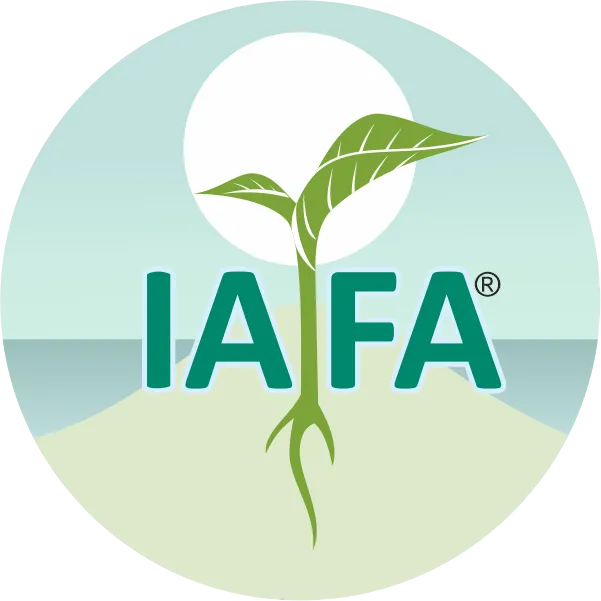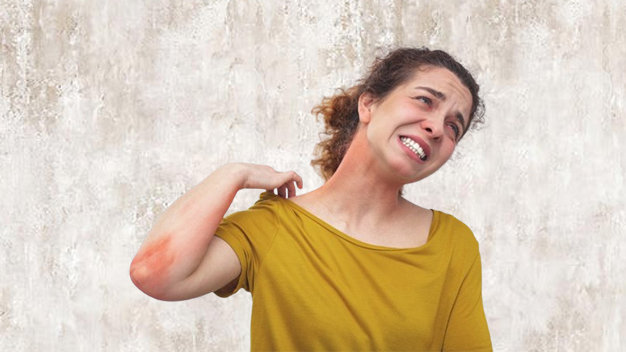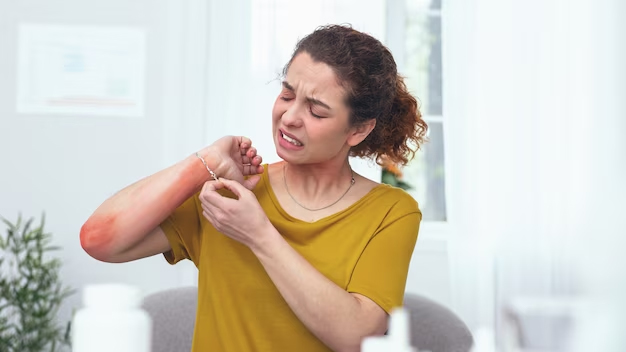On This Page
Eosinophilic Esophagitis (Amlapitta or Yamla Hidma): Symptoms, Causes, Types, Do’s, Don’ts, Yoga, Ayurvedic Reference and Treatment: Complete Ayurveda Details
विरुद्धदुष्टाम्लविदाहिपित्तप्रकोपिपानान्नभुजोविदग्धम।
पित्तंस्वहेतूपचितंपुरायत्तदम्लपित्तंप्रवदन्तिसन्तः ॥
Eosinophilic Esophagitis or EoE is a chronic condition caused by the accumulation of Eosinophils in the digestive tract, particularly in the esophagus. Natural Ayurvedic treatment is the best solution for Eosinophilic Esophagitis.
Eosinophils are one of the common types of White blood cells present in human beings. The esophagus is the tube that connects our mouth to the stomach. The accumulation of eosinophils is caused due to allergic hypersensitivity reactions to certain allergens including food products.
Ayurveda assures the ultimate solution in the management of Eosinophilic Esophagitis. Ayurveda correlates Esophageal Esophagitis to “Amlapitta ” and in certain cases with”Hikka “ or”Hidma “. In Madhava Nidana the condition is named Amlapitta and in Ashtangahrudaya the condition named Yamala Hidma are having a number of symptoms similar to that of Eosinophilic Esophagitis.
Causes of Eosinophilic Esophagitis (EoE)
Immune system abnormal functioning is supposed to be the cause of EoE or Eosinophilic esophagitis. As per Ayurveda, Vata, Pitta, and Kapha dosha aggravation lead to the condition of EoE or Eosinophilic esophagitis. Modern researchers have not clearly found a cause for EoE.
People who are having allergic reactions towards various substances like dander, pollen grains, molds, or dust mites are prone to Eosinophilic Esophagitis. Genetic involvement is also suspected in the case of EoE.
Symptoms of Eosinophilic Esophagitis (EoE)
In Adults,
The symptoms include:-
- Difficulty in swallowing
- Food blockage in the esophageal tube
- Heartburn
- Chest discomfort or chest pain
- Untreatable reflux
In Children,
The symptoms include:-
- Abdomen pain or discomfort
- Vomiting
- Untreatable reflux problems
In Toddlers,
The Symptoms includes:-
- Difficulty in feeding
- Low weight
- Less signs of proper growth and
- Untreatable reflux are the noticed symptoms.
Ayurvedic Reference of Eosinophilic Esophagitis
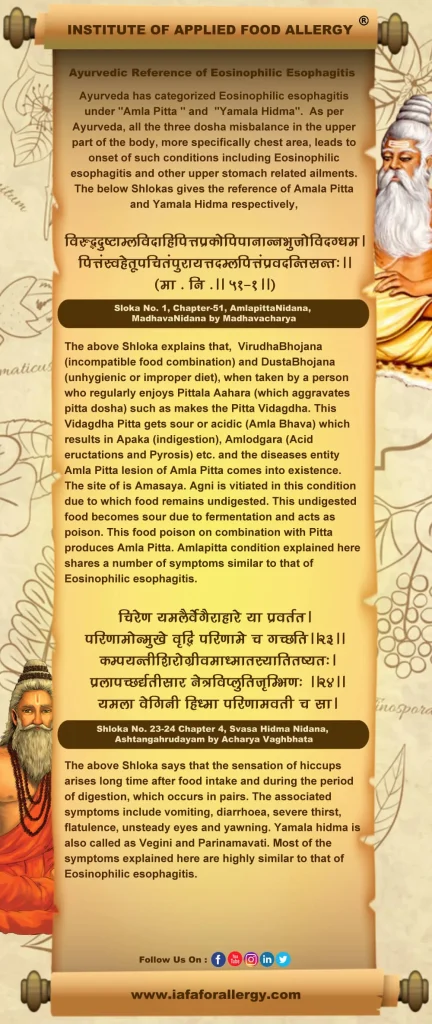
Diagnostic Measures of Eosinophilic Esophagitis (EoE)
The Diagnostic measures of Eosinophilic esophagitis includes:-
- Taking the medical history of the patient
- Endoscopy (Gastrointestinal) can be performed for understanding the detailed internal anatomy.
- In certain cases, a Biopsy can be done for understanding the increased number of eosinophils in the taken sample.
- Various laboratical tests to understand allergies can be performed as a further investigation measure.

Ayurveda is the highly beneficial method in the management of Eosinophilic esophagitis. Institute of Applied Food Allergy® specialists are using unique Ayurvedic methods based on classical records and the unique evidence based methods developed by our specialists in managing wide range of allergy related cases. IAFA® successfully administers the products developed through our long-term research along with classical Ayurvedic medications for the successful treatment of EoE or Eosinophilic esophagitis.
Reach us for real nature-based healing and cure!
– Dr. Sahil Gupta (B.A.M.S., M.H.A.)
Ayurvedic Allergy Specialist
CEO & Founder of IAFA®
At last, Easier Eosinophilic Esophagitis (EoE) Management

Trusted by
More than 90,000 Patients

Convenient
at-Home Treatments

9.2 / 10
Customer Satisfaction Score
Ayurvedic Treatment of Eosinophilic Esophagitis (EoE)
The line of Natural and Ayurveda treatment for Eosinophilic esophagitis includes Panchakarma, Single herb treatment, and herbal combination treatments. Avoiding the actions which cause the misbalance of all three doshas must be practiced as the first line of treatment.
Read: How to treat Eosinophilic Esophagitis Naturally: Complete Ayurveda Details
External Therapies for Eosinophilic Esophagitis (EoE)
The common Panchakarma procedures used in Eosinophilic esophagitis are Preceded by Snehana and Svedana.
Vamana, Virechana, and Astapanavasthi can be performed in case of Eosinophilic esophagitis. Dhupana or Dhumapana also can be performed in case of Eosinophilic esophagitis. Based on the dosha predominance, either Pitta pacifying measures and as a second step, Vata and Kapha dosha balancing treatment is suggested.
Internal Medications for Eosinophilic Esophagitis (EoE)
The Single herbs used for EoE treatment:-
- Ardraka (Zingiber officinale) (After proper assessment of dosha)
- Eranada (Ricinus communis)
- Vacha (Acorus calamus)
- Musta (Cyperus rotundus)
- Parpata (Fumaria indica)
- Hrivera (Valeriana wallichii)
- Anjeer (Ficus Carica)
- Shrifal (Aegle marmelos)
- Bhumi Amla (Phyllanthus niruri)
- Parushaka (Grewia asiatica)
- Kharjura (Phoenix dactylifera)
- Haridra (Curcuma longa)
- Amalaki (Phyllanthus emblica)
- Yashtimadhu (Glycyrrhiza glabra)
- Shatavari (Asparagus racemosus)
Classical Ayurvedic Medicines Used for Eosinophilic Esophagitis (EoE)
- Aahar Amrutham Gulika
- Elakanadi Kashayam
- Jivantyadi Churna
- Pitpapra Swaras
- Dasamoola Kashayam
- Dhanwantharam Ghrita
- Vrsa Ghrita
- Narikela Lavan
- Bhunimbadi Kwath
- Shatavari Ghrita
- Yashti Ghrita
- Prawal Pishti
- Prawal Panchamrit
- Anu Thailam (After properly pacifying Pitta dosha)
All the above methods help in treating this condition along with reducing the allergic nature of an individual. This method also improves the immune system of an individual.
Diet in Eosinophilic Esophagitis (EoE)
Pathya (Do’s)
- Following Tridosha pacifying diet pacifying diet would be suggestive
- Based on dosha predominance, the diet must be regulated. In the case of Pitta predominance Pitta dosha pacifying diet and in the case of Vata and Kapha dosha predominance Vata and Kapha dosha pacifying diets are highly recommended.
- Intake of a Vegetarian diet for the period of Ayurveda treatment
- Warm or room temperature food intake
- Consuming Red rice and Amalaki would be suggestive
- Wearing light and pleasant clothes
- Intake of moderately spicy taste can be practiced (when Pitta dosha is pacified)
Apathya (Don’ts)
- Avoid extreme hot and extreme cold food and drinks
- Avoid Extreme Sour, Salty, Sweet and Spicy tastes for the period of Ayurveda treatment
- Avoid overexertion and avoid taking heavy loads
- Avoid taking cold water and hot water bathing ( Normal room temperature water is good)
Yoga for Management of Eosinophilic Esophagitis (EoE)
- Pranayama
- Ushtrsana
- Bhujangasana and
- Pavanamuktasana is highly beneficial in the management of EoE
The Asanas like Vajrasana and Shalabhasana are also highly beneficial.
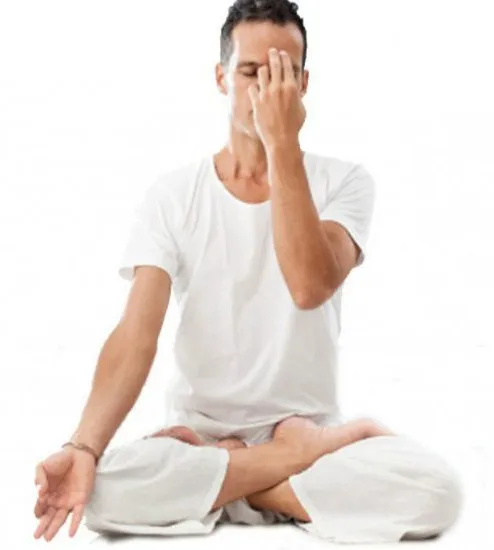
Frequently Asked Questions
Question: Is Ayurvedic treatment effective in eosinophilic esophagitis?
Answer: Ayurvedic treatment is very effective in the treatment of eosinophilic esophagitis as it treats the root cause with the help of herbs, herbal remedies, some changes in diet and lifestyle, and provides long-lasting relief.
Question: What triggers Eosinophilic Esophagitis?
Answer: Activities that aggravate Pitta dosha in the body aggravate eosinophilic esophagitis such as excess intake of sour and hot food, wrong food combinations, sleeping during the daytime, exposure to excessive sunlight, constipation, etc.
Question: What is the recommended diet for eosinophilic esophagitis?
Answer: One must not consume foods that may cause heartburn and worsen the symptoms. Stay away from caffeinated beverages, fried food, alcohol, spicy sauces, etc. Intake of fresh and non-spicy food, fresh coconut water, etc. is recommended.
Question: Are Yoga and Pranayam effective in Eosinophilic Esophagitis?
Answer: Pranayams such as Ujjayi, Bhastrika, and Nadi Shodhan is effective. Yoga postures such as – Chakrasana (Wheel Pose), Ushtrasana (Camel Pose), and Surya Namaskar (Sun Salutation) are quite effective.
References
- Sloka No. 1, Chapter – 51, AmlapittaNidana, MadhavaNidana by Madhavacharya
- Paradakara Shastri H.S., editor. Astanga Hridaya of Vagbhata, Nidana Sthana. Ch. 12. Ver. 1 Chaukhambha Surbharati Prakashan; Varanasi: 2010.
- Tewari P., editor. Kasyap Samhita. Chaukhambha Sanskrit Sansthan. 4th ed. 2010.
- Anonymous, Rastantrasaar, and Siddhaprayog Sangraha – Khand 1. Krishna Gopal Ayurved Bhawan (Dharmarth Trust); Ajmer, Rajasthan, India: 2015.
Dr. Gupta’s IAFA® is the leading institution globally for the Ayurvedic treatment of EoE through completely natural measures.
Reach IAFA® and feel the Ayurveda holistic treatment approaches!!!
Was this Page Helpful?
So IAFA® Root-Cause Treatment for Your Eosinophilic Esophagitis is Just 3 Steps Away!

01. Connect With Us
Share your history of illness or Book your appointment

02. Consult With Us
Dr. Gupta a certified Ayurvedic Allergist Consultant

03. Root Cause Treatment
Get an accurate diagnosis, medicines, diet & lifestyle change
Eosinophilic Esophagitis – Case Studies
Real Case Studies of Successfully Treated Patients from All Around the World by IAFA Ayurveda®
-
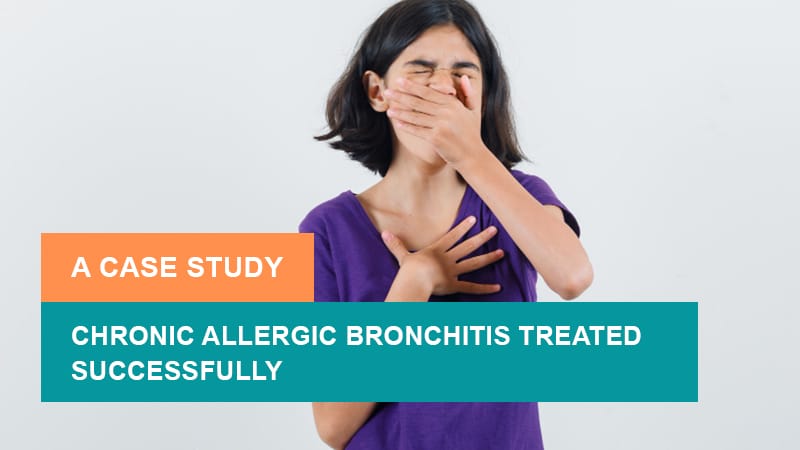
Chronic Allergic Bronchitis Treated Successfully – A Case Study
It is a case study about successful treatment of Chronic Allergic Bronchitis.…
-
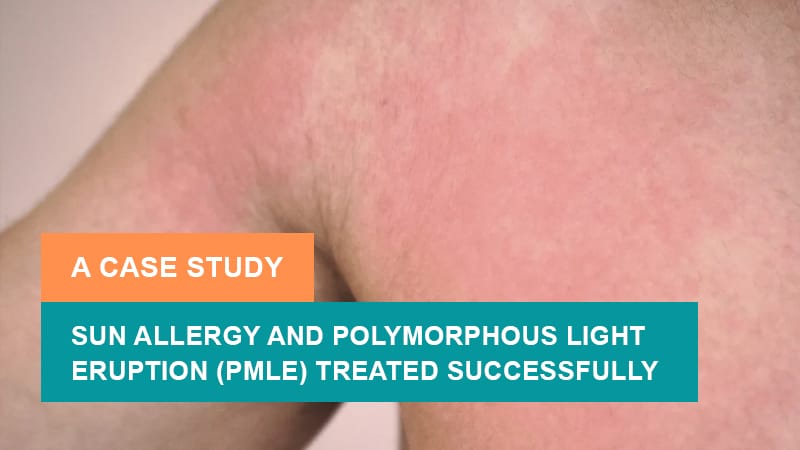
Sun Allergy and Polymorphous Light Eruption (PMLE) Treated Successfully – A Case Study
12 Year old child girl, was suffering from Sun Allergy and Polymorphous…
-

Successful Treatment of Dyshidrotic Eczema and Onychomycosis – A Case Study
It is a case study about successful treatment of Dyshidrotic Eczema and…
-

How Ayurveda Helps to Treat Urticaria With Angioedema Successfully? A Case Study
Learn complete case study about how Ayurveda helps to treat Urticaria With…




